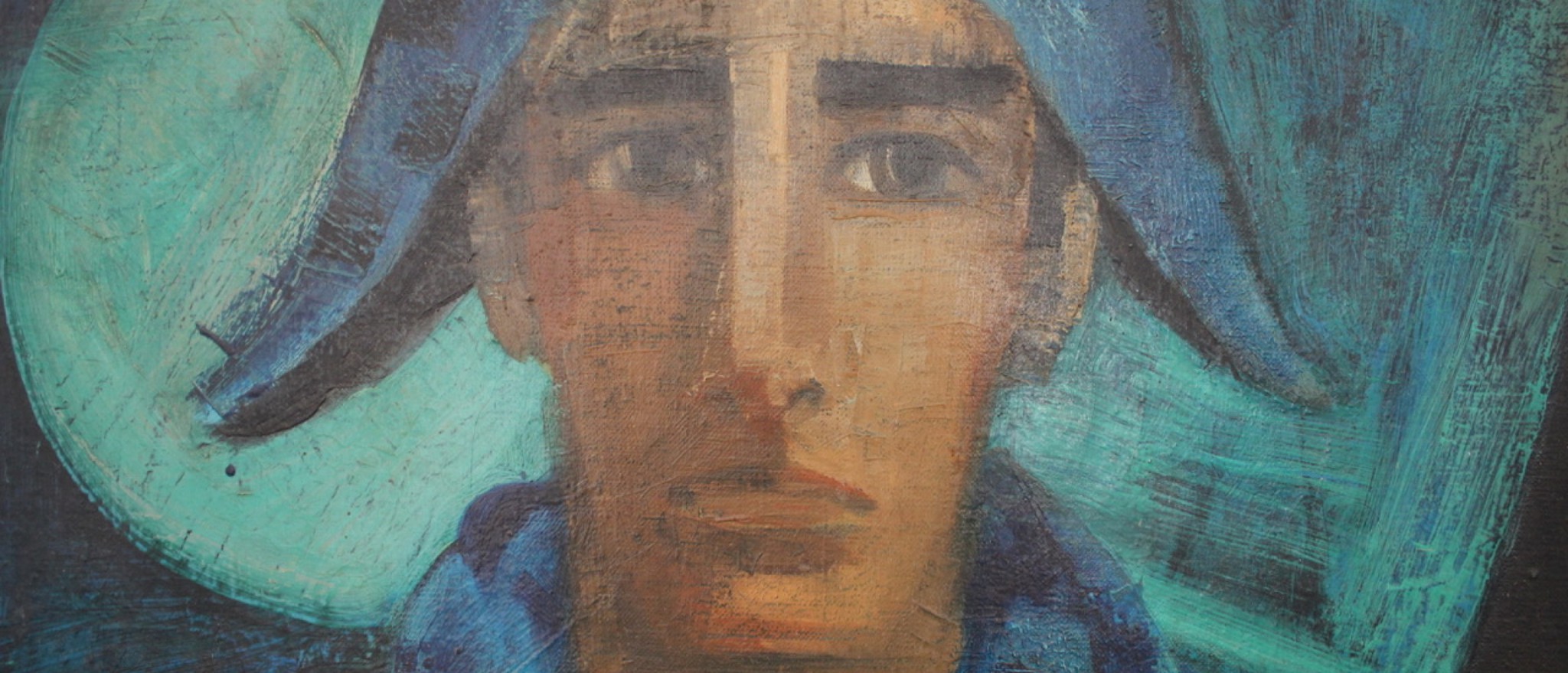
Brownrigg Archive
Unavailable and sold items
Late 19th / Early 20th Cent Life Size Statue of "Discobolus"
A superb, late 19th / turn of the 20th century Italian Classical statue of a Discus thrower or “Discobolus” in gesso after the reproduction in the Louvre Museum.
https://www.louvre.fr/en/oeuvre-notices/discus-thrower-or-discobolus
Department of Greek, Etruscan, and Roman Antiquities: Classical Greek Art (5th-4th centuries BC)
This discus thrower is a reproduction of a lost bronze original, made by the Greek sculptor Naucydes at the beginning of the fourth century BC. The work adheres to the canon of ideal beauty proscribed by Polyclitus (fifth century BC) for an athlete at rest. Here, however, action is imminent, and the work goes well beyond the example of Polyclitus. Naucydes portrays the athlete as he is about to throw the disc; the concentration in his face and the contraction of the toes reveal his tenseness.
Portrayal of an athlete about to stand for the throw
This statue of a discobolus, or discus thrower, was part of the collection of antiquities at the Villa Borghese in Rome, where it stood with three other athletes around the Gladiator, which entered the Louvre at the same period – around 1808, when Napoleon Bonaparte purchased the collection from his brother-in-law, Prince Camillo Borghese. The athlete is portrayed adjusting his position, in the instant prior to hurling himself forward for the throw. He looks down (the head is a modern addition by the sculptor Pacetti), concentrating on the accuracy of the coming throw. Tension in his body is shown by the curve of the back, the way the left hand is held back, the fingers gripping the discus, the contraction of the toes of the right foot, and the energy of his stance, with both feet firmly on the ground.
A replica of the Naucydes discobolus
This type of representation is attested by several other Roman copies agreed to be replicas of a bronze work, now lost, attributed to the Greek sculptor Naucydes of Argos. According to Pliny the Elder (Natural History, XXXIV, 80), Naucydes made a statue representing a discus thrower. The original probably dated from the beginning of the fourth century BC, when the artist was at the peak of his career. A follower of the school of Polyclitus of Argos, Naucydes remained faithful to the teaching of his master, as can be seen in this work.
Renewal of the classical heritage
The classical heritage is present here as a series of echoes of works from the fifth century BC, modified by a new approach to the representation of athletes. The discus thrower preserves many of the features of the work done in the middle of the fifth century by Polyclitus – the idealized aesthetics and canonical forms, the apparent calm of athletes at rest. The musculature is treated in thick, clearly defined masses, as in the Doryphorus and the Diadumenus (a Roman copy of which is in the Louvre); the anatomical aspect is governed by the same quest for harmony and by an equally skillful calculation of proportions. This goes considerably beyond the model proscribed by Polycletus. The athlete is now part of real space, suggested by the imminence of movement and by the attitude of the young man, which goes beyond the “contrapposto” developed by Polycletus
Reference number
13779
Measurements
Height: 180cm (70.9 inches)
Width: 74cm (29.1 inches)
Depth: 49cm (19.3 inches)

Can't find what you're looking for?
We may be able to help...
Through our wide-ranging connections, we’re usually able to source unusual or specific pieces to a brief. Get in touch and we’ll begin a search.












